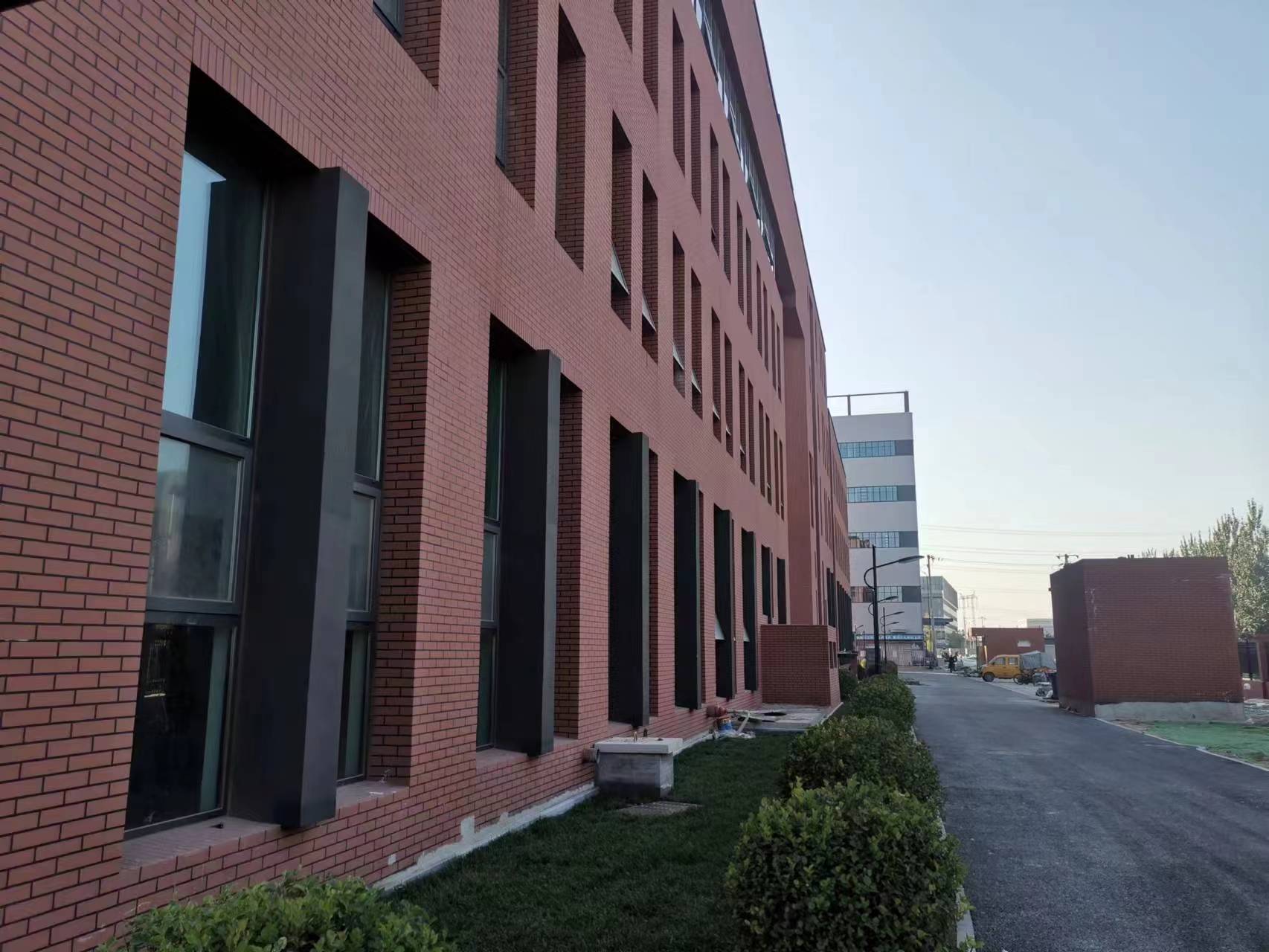-

New office of Beijing Succeeder
Forge ahead! The Daxing Base of Beijing Succeeder is under construction in full swing. Our project team is working tirelessly on the construction of an information infrastructure environment. Soon, we will usher in a new information-based office environment. ...Read more -

Today in History
On November 1st, 2011, the "Shenzhou 8" spacecraft was launched successfully.Read more -

What is the most common coagulation disorder?
Concrete dysfunction is mainly divided into two cases: 1. Disclosure of genetic coagulation function, that is, an congenital coagulation function abnormalities. There are (+) family history. Common diseases include hemophilia, genetic hemorrhagic capillary dilatation, va...Read more -

What is the danger of not good coagulation function?
If the coagulation function is not good, it may lead to premature premature aging, decreased resistance, and bleeding more than these situations. Patients need to cooperate with doctors for treatment for different causes. 1. Premature premature aging: Patients with poor ...Read more -

What are the symptoms of coagulation disease?
Coagulation disease mainly refers to the disease of coagulation dysfunction, and the main symptom is bleeding. In the early stage of bleeding, the skin will occur. With the development of the disease, purpura and ecchymosis will occur in the skin, and organ bleeding will...Read more -

What are the three types of coagulation?
Blood coagulation can be divided into three stages: coagulantal activation, coagulanting formation, and fibrin formation. Blood coagulation is mainly from liquid and then converting into solids. It is a normal physiological manifestation. If coagulation dysfunction occur...Read more

Download
My Order
 Login/Register
Login/Register
 Login/Register
Login/Register
- English
- French
- German
- Portuguese
- Spanish
- Russian
- Japanese
- Korean
- Arabic
- Irish
- Greek
- Turkish
- Italian
- Danish
- Romanian
- Indonesian
- Czech
- Afrikaans
- Swedish
- Polish
- Basque
- Catalan
- Esperanto
- Hindi
- Lao
- Albanian
- Amharic
- Armenian
- Azerbaijani
- Belarusian
- Bengali
- Bosnian
- Bulgarian
- Cebuano
- Chichewa
- Corsican
- Croatian
- Dutch
- Estonian
- Filipino
- Finnish
- Frisian
- Galician
- Georgian
- Gujarati
- Haitian
- Hausa
- Hawaiian
- Hebrew
- Hmong
- Hungarian
- Icelandic
- Igbo
- Javanese
- Kannada
- Kazakh
- Khmer
- Kurdish
- Kyrgyz
- Latin
- Latvian
- Lithuanian
- Luxembou..
- Macedonian
- Malagasy
- Malay
- Malayalam
- Maltese
- Maori
- Marathi
- Mongolian
- Burmese
- Nepali
- Norwegian
- Pashto
- Persian
- Punjabi
- Serbian
- Sesotho
- Sinhala
- Slovak
- Slovenian
- Somali
- Samoan
- Scots Gaelic
- Shona
- Sindhi
- Sundanese
- Swahili
- Tajik
- Tamil
- Telugu
- Thai
- Ukrainian
- Urdu
- Uzbek
- Vietnamese
- Welsh
- Xhosa
- Yiddish
- Yoruba
- Zulu
More Language






 Business card
Business card Chinese WeChat
Chinese WeChat English WeChat
English WeChat